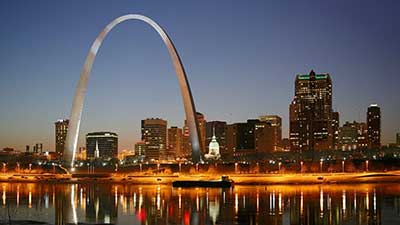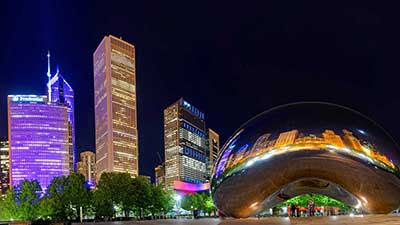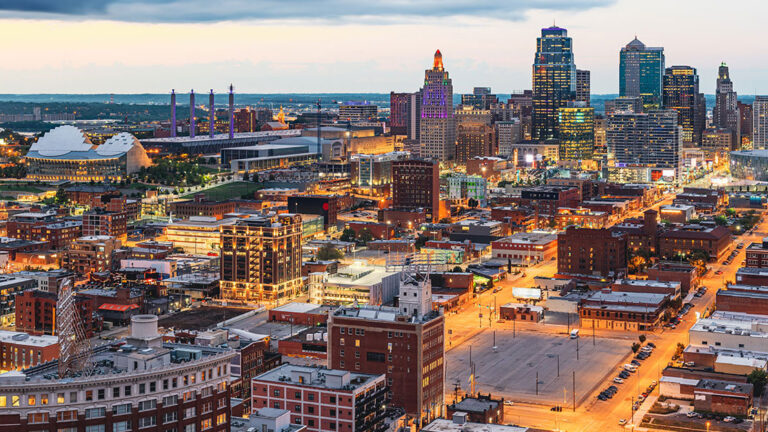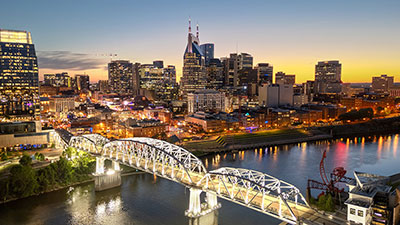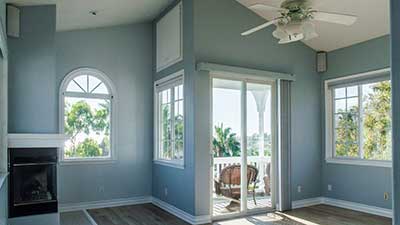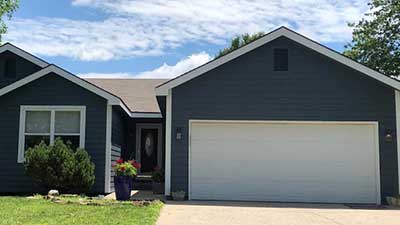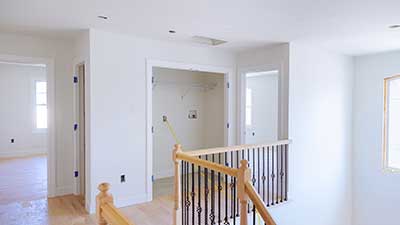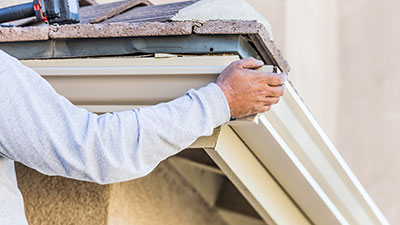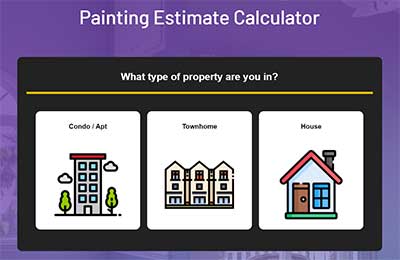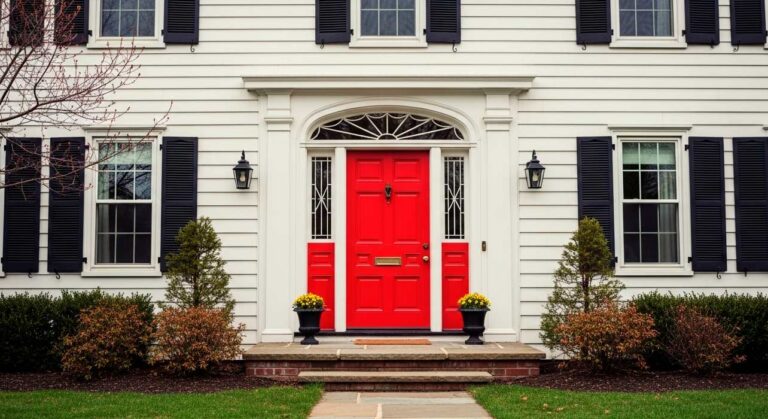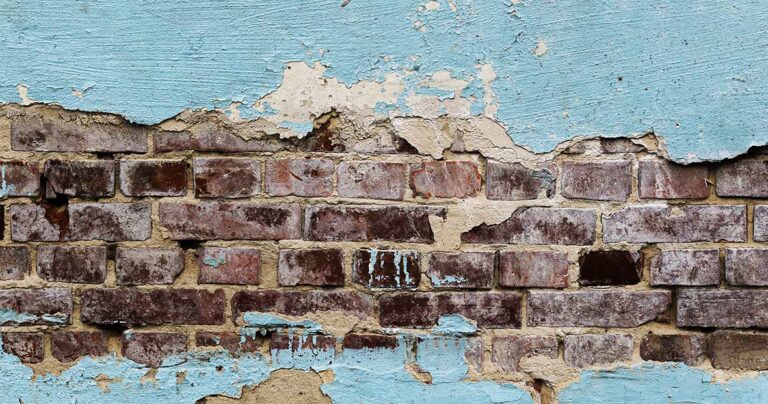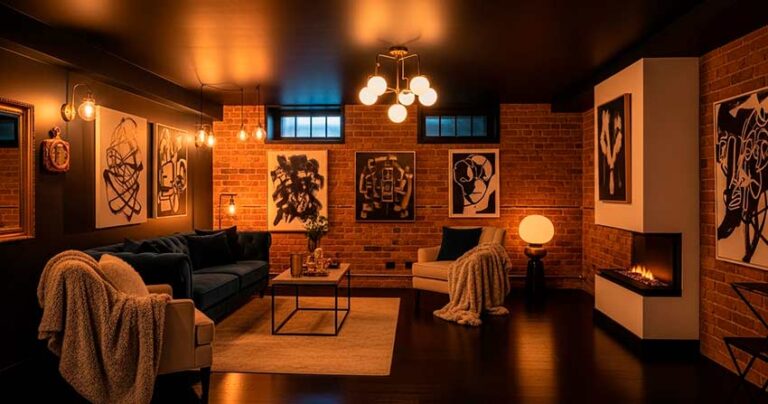Popcorn ceilings, once a trendy home feature, have now become a thing of the past. These textured ceilings were all the rage in the ’70s and ’80s, but times have changed. Most homeowners are now looking for ways to get rid of this outdated ceiling texture. But how much should you expect to pay for popcorn ceiling removal? And is it worth the removal cost? Let’s dive in.
The Cost of Popcorn Ceiling Removal
When it comes to popcorn ceiling removal cost, the numbers can vary. On average, homeowners spend between $898 to $2,847 for professional ceiling removal. The total cost can depend on several factors, including the square footage of the ceiling, the ceiling height, and whether asbestos removal is required.
The cost per square foot generally ranges from $1 to $3. This means if you have a 500-square-foot room, you could be looking at a ceiling removal cost of $500 to $1,500. However, these are actual project costs and can vary based on cost factors like the condition of the ceiling and the labor costs involved.
Why Remove Popcorn Ceilings?
There are several compelling reasons to consider removing popcorn ceilings. First and foremost, they’re outdated. Popcorn ceilings were popular because they were easy to install and hid imperfections. However, they now make your home look dated and can even lower its resale value.
Another significant reason is the potential health hazard. Popcorn ceilings applied before 1978 are likely to contain asbestos fibers, a hazardous material that can be harmful when inhaled. Asbestos removal is a delicate process that can add to the popcorn ceiling removal costs.
Finally, popcorn ceilings are dust magnets. The textured surface makes it difficult to clean, and over time, it can lead to discoloration and an overall dingy appearance. Removing a popcorn ceiling can make your home look cleaner and more modern, enhancing its aesthetic appeal.
DIY vs Professional Removal
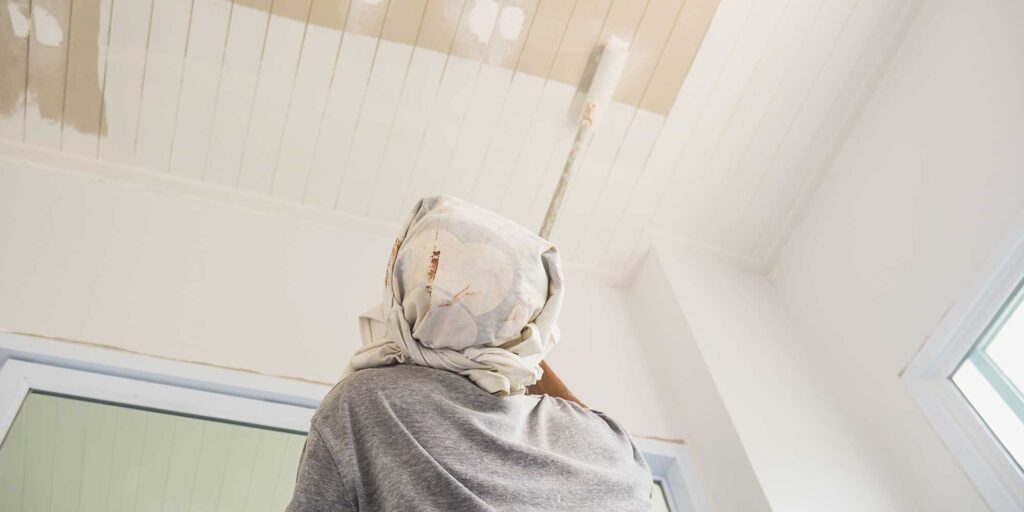
So, you’ve decided to get rid of that outdated popcorn ceiling texture. The next question is, should you go the DIY route or hire a professional? DIY popcorn removal can be cheaper, but it’s not without its challenges. You’ll need specific tools like a drywall knife, plastic sheeting, and plastic drop cloths to catch the falling debris.
Labor costs for professional ceiling removal can range from $1 to $2 per square foot, not including debris removal. While it may seem like an added expense, hiring a professional ensures that the job is done correctly, especially if asbestos or lead paint is involved.
The Removal Process
When it comes to removing popcorn ceilings, the removal process is straightforward but messy. Professionals usually start by laying plastic sheeting or canvas drop cloths on the floor to catch the falling debris. The ceiling is then moistened with water to make the popcorn texture easier to scrape off. A drywall knife or a specialized scraping tool is used to carefully remove the texture.
If the popcorn ceiling texture contains asbestos fibers, the removal process becomes more complicated. Strict asbestos removal procedures must be followed to protect the home’s residents, adding as much as $2,750 to the popcorn ceiling removal costs. It’s crucial to have your ceiling tested for hazardous materials like asbestos or lead paint before starting the removal.
Alternatives to Removal
If removing popcorn ceilings isn’t an option for you, there are alternatives. One popular method is to cover the existing popcorn ceiling with decorative tiles or new drywall. This can be a cost-effective way to update the look of your ceiling without going through the messy removal process.
Another option is to apply a skim coat of joint compound over the popcorn texture, creating a smooth surface. This method is labor-intensive but can result in a beautiful smooth ceiling that’s easier to clean and maintain.
How much should I pay to remove a popcorn ceiling?
The average popcorn ceiling removal cost ranges from $898 to $2,847, depending on various factors like square footage, ceiling height, and whether asbestos removal is needed. If you’re considering a DIY approach, remember to factor in the cost of ceiling paint for a finished look.
What does popcorn celing removal cost?
The average popcorn ceiling removal cost ranges from $898 to $2,847, depending on various factors like square footage, ceiling height, and whether asbestos removal is needed. If you’re considering a DIY approach, remember to factor in the cost of ceiling paint for a finished look.
Is removing the popcorn ceiling worth it?
Yes, removing a popcorn ceiling is generally worth it for both aesthetic and practical reasons. It can modernize your home and potentially increase its resale value. Plus, a smooth ceiling is easier to paint and maintain than a textured ceiling.
What is the cheapest way to get rid of popcorn ceiling?
The cheapest way is the DIY route, but it comes with challenges like potential exposure to hazardous materials and the need for specific tools. Always weigh the labor costs and risks before deciding. If you’re skilled enough, you can remove popcorn ceiling texture yourself, saving on labor costs.
How much does it cost to smooth a ceiling?
Smoothing a ceiling through a skim coat of joint compound can cost between $1 to $3 per square foot, not including labor costs. If you’re planning to repaint afterward, don’t forget to add the cost of ceiling paint to your budget.
Can I cover my popcorn ceiling instead of removing it?
Yes, covering your popcorn ceiling with decorative tiles or new drywall is a viable alternative to removal. It can be a cost-effective way to update your ceiling’s appearance without dealing with the mess of removing popcorn ceiling texture.
What type of paint should I use after removing the popcorn texture?
After you remove popcorn ceiling texture, it’s crucial to choose the right ceiling paint. A flat or matte finish is generally recommended to minimize reflections and make the ceiling appear higher.
Can I paint over a textured ceiling instead of removing it?
Yes, you can paint over a textured ceiling, but it may not give you the modern, smooth look that many homeowners desire. Painting can be a temporary fix but won’t eliminate the challenges of cleaning and maintaining a textured ceiling.
